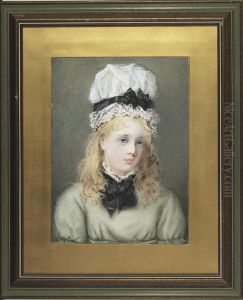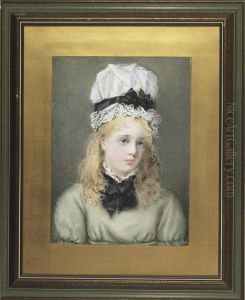Mary Eley Gauntlett Paintings
Mary Eley Gauntlett, also known as Mary Eley, was a British artist born in 1779. She was primarily known for her work in the medium of watercolor and for her contributions to the field of botanical illustration. During her lifetime, botanical illustration was gaining popularity, largely due to the public's growing interest in botany and the natural sciences, as well as the influence of the British Empire's expansion, which brought a variety of exotic plants to the attention of the European audience.
Mary Eley Gauntlett's work is characterized by a keen attention to detail and a delicate handling of watercolor, a medium well-suited to capturing the intricate beauty of plant life. Her illustrations often featured flowers and plants, rendered with scientific accuracy and aesthetic grace. This combination of scientific utility and artistic appeal was highly prized in botanical artworks of the time, as they served both educational and decorative purposes.
Despite the significance of her work, like many women artists of her era, Mary Eley Gauntlett did not receive the same level of recognition as her male counterparts. Societal norms and restrictions on women's education and professional engagement meant that their contributions were often overlooked or attributed to male relatives or colleagues. Nonetheless, her illustrations would have contributed to the understanding and appreciation of botanical subjects during a period that was crucial to the development of the field.
Mary Eley Gauntlett's life was also reflective of the broader context of the role of women in the arts during the 18th and early 19th centuries. Women artists often operated within limited spheres, focusing on subjects deemed appropriate, such as still lifes, botanicals, and portrait miniatures. It was only later, through the efforts of many such talented women, that the barriers began to erode, paving the way for greater participation and recognition for women in the arts.
Gauntlett passed away in 1851, and while specific details about her life and the extent of her oeuvre may not be widely documented, the legacy of her work remains as part of the rich tradition of botanical illustration. Her contributions, along with those of other women artists, continue to be the subject of scholarly research and interest, shedding light on the historical participation of women in the visual arts and sciences.

